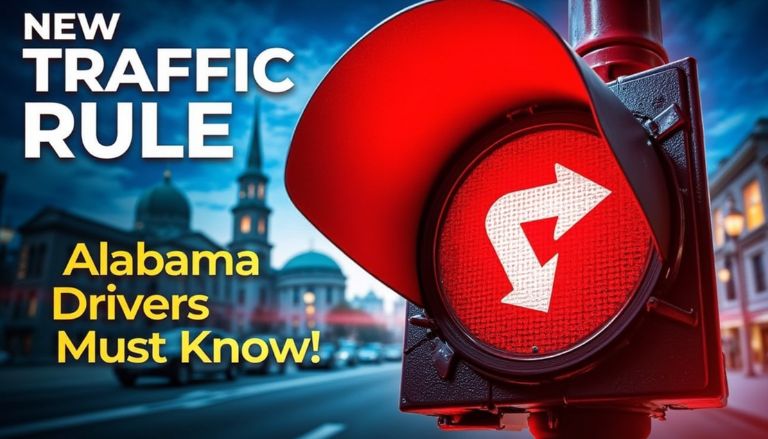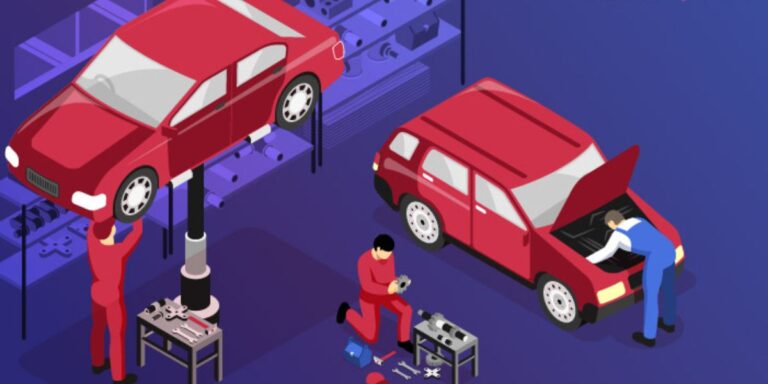As of 2025, lane splitting—the practice of motorcyclists riding between lanes of slow-moving or stopped traffic—remains illegal in Alabama. Despite ongoing discussions and legislative efforts in various states, Alabama has not amended its laws to permit this maneuver.
Understanding Lane Splitting
Lane splitting involves a motorcyclist navigating between lanes of vehicles traveling in the same direction, often to bypass congestion. Proponents argue that it can reduce traffic density and decrease the risk of rear-end collisions for motorcyclists. However, opponents cite safety concerns, emphasizing the potential for accidents due to limited visibility and unexpected movements by other drivers.
Alabama’s Legal Stance
Under Alabama law, specifically Section 32-5A-242(c) of the Alabama Code, motorcyclists are prohibited from passing between lines of traffic. The statute states: “No person shall operate a motorcycle between lanes of traffic or between adjacent lines or rows of vehicles.” This clear directive underscores the state’s position against lane splitting.
Violating this law can result in citations for improper lane usage or reckless driving. Moreover, in the event of an accident occurring during an illegal lane-splitting maneuver, the motorcyclist may bear increased liability, potentially affecting insurance claims and legal proceedings.
Comparisons with Other States
While Alabama maintains its prohibition, other states have explored or implemented changes regarding lane splitting:
- California: The first state to legalize lane splitting, with guidelines provided by the California Highway Patrol to ensure safety.
- Utah: Allows a modified version known as “lane filtering,” permitting motorcyclists to move between stopped vehicles at intersections under specific conditions.
- Montana: Implemented laws permitting lane filtering in certain low-speed scenarios.
These variations highlight a growing recognition of lane splitting in some regions, contrasting with Alabama’s steadfast regulations.
Safety Considerations
Safety remains a paramount concern in the lane-splitting debate. Studies, such as those referenced by the Federal Highway Administration, suggest that when performed under controlled conditions, lane splitting can reduce the risk of rear-end collisions for motorcyclists. However, these studies also emphasize the necessity of specific guidelines and public awareness to mitigate potential risks.
In Alabama, the absence of legal frameworks and public education on lane splitting may contribute to heightened dangers if the practice were informally adopted. Factors such as driver unawareness, varying traffic speeds, and roadway designs not accommodating such maneuvers could increase the likelihood of accidents.
Advocacy and Legislative Efforts
Within Alabama, there is an active community of motorcyclists and safety advocates engaged in discussions about lane splitting. Organizations such as ABATE of Alabama and various rider forums often debate the potential benefits, such as reduced traffic congestion and improved rider safety, against the challenges of changing public perception and ensuring adequate infrastructure.
Despite these discussions, there have been no significant legislative moves to legalize lane splitting in Alabama. Policymakers continue to prioritize comprehensive safety studies and broader public consultations before considering any changes to existing traffic laws.
Recommendations for Motorcyclists in Alabama
Given the current legal and safety landscape, motorcyclists in Alabama are advised to:
- Adhere to Existing Traffic Laws: Refrain from lane splitting to avoid legal repercussions and potential safety hazards.
- Enhance Visibility: Wear bright or reflective gear and use headlights, even during daylight, to increase visibility to other motorists.
- Practice Defensive Riding: Maintain safe following distances, anticipate potential hazards, and stay vigilant, especially in high-traffic areas.
- Engage in Continued Education: Participate in motorcycle safety courses to stay updated on best practices and evolving traffic laws.
- Advocate Through Proper Channels: If passionate about legislative changes, engage with local motorcycle associations and participate in public forums to voice opinions constructively.
Conclusion
As of 2025, lane splitting remains illegal in Alabama, reflecting the state’s cautious approach prioritizing safety and uniformity in traffic regulations. Motorcyclists are encouraged to comply with existing laws, engage in safe riding practices, and participate in ongoing discussions to shape the future of motorcycling in the state.
For more detailed information on Alabama’s motorcycle laws and safety guidelines, refer to the Alabama Law Enforcement Agency.
For a visual overview of lane splitting laws and recent legislative changes, you may find the following video informative: Lane Splitting Law Explained.







Leave a Comment